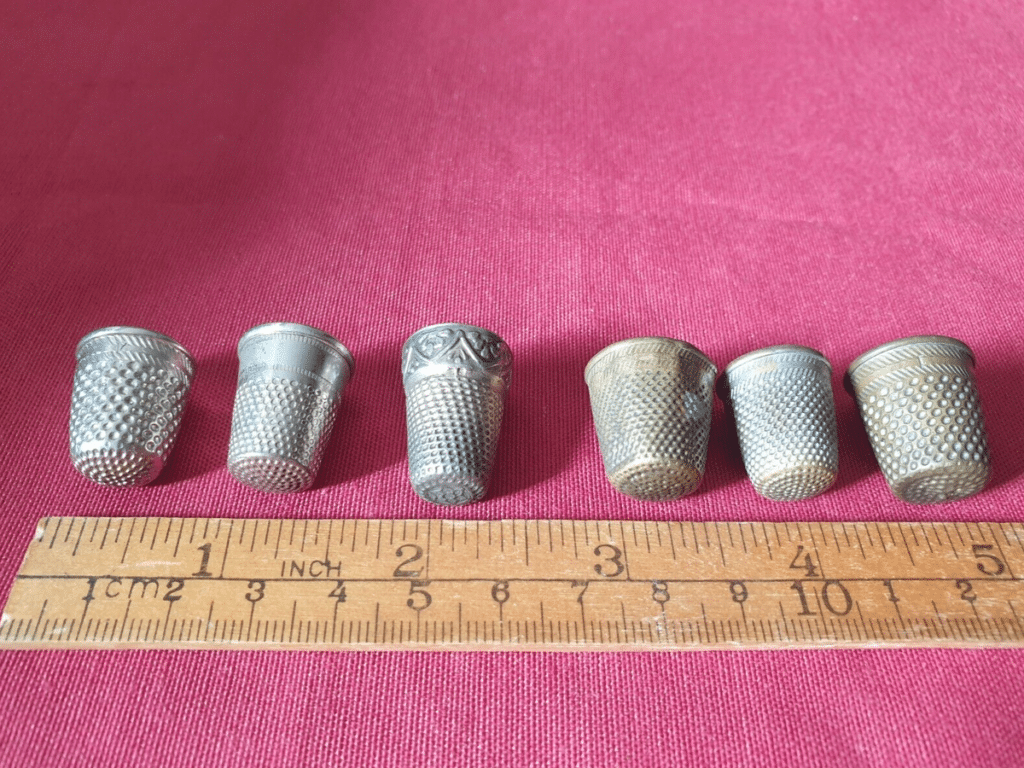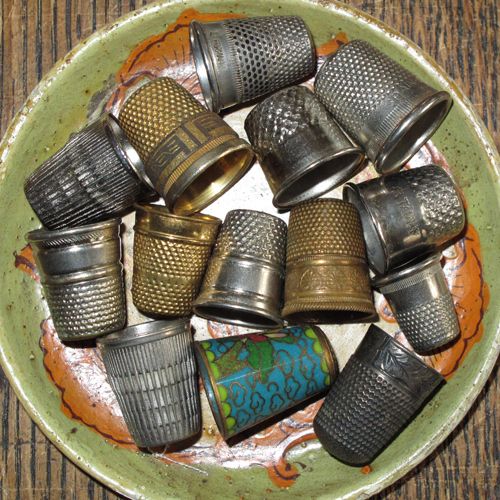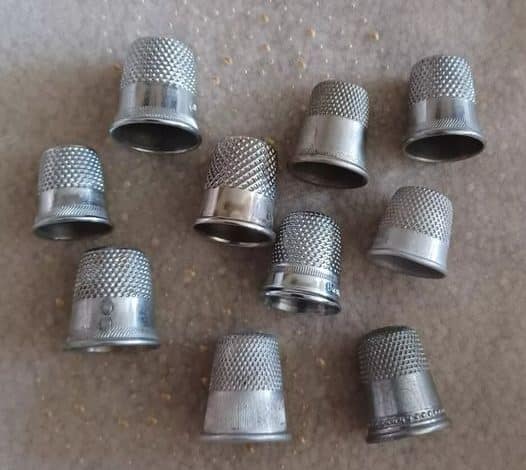Thimbles are small tools used to protect fingertips while sewing, but their story stretches far beyond simple utility. Archaeological evidence shows that metal thimbles—particularly bronze examples—already existed in the Roman Empire. One famous early specimen was found in Pompeii, preserved by volcanic ash, reflecting that thimbles were in use by the 1st century AD. Through the centuries, thimbles evolved in form, material, and cultural significance.
In medieval Europe, thimble‑making continued with variations in materials like brass, copper alloys, and even organic materials where available. England, for instance, had examples dating from the 10th century, and by the 14th century thimbles were widely used and produced. The German city of Nuremberg became especially known for its brass thimbles, which were exported across Europe for their quality.

With the arrival of the industrial era, thimbles became more than tools: they became decorative objects and status pieces. Wealthy users replaced simple brass or copper with silver, gold, enamel, gemstones or decorative elements. Ornamented thimbles served as gifts, expressions of craftsmanship, or symbols of refinement. Porcelain and china thimbles also emerged, especially in later centuries, produced as souvenirs or fashion accessories rather than for heavy sewing work.

The 17th‑ and 18th‑centuries saw innovations in production techniques, especially in England. A Dutch metalworker named John Lofting established a thimble factory in England around 1695, and later methods such as “deep drawing” (combining metal sheet work, hammering, and annealing) helped mass‑produce thinner, more refined thimbles. This mechanization also changed shapes—tops became flatter, walls slimmer—and made decorated, precious‑metal thimbles more affordable to a wider audience.
Thimbles also became beloved as collectibles. Enthusiasts (sometimes called digitabulists) collect by design, material, era, or region. Special thimbles—Meissen porcelain, engraved silver, or commemorative souvenir pieces—fetch high prices in auctions. Museums also preserve and display them, showing examples from humble brass or bronze finger protectors to elaborate, gem‑set showpieces. One museum in Germany (the Fingerhut Museum in Creglingen) holds thousands of thimbles, tracing their history as both practical tools and art objects.

Today, though everyday sewing is less central in most lives than in earlier times, thimbles persist as symbols of craftsmanship, tradition, and design. Artisans still produce handmade and decorative versions. Collectors continue to value rare or ornate examples. And thimbles remain modest reminders that tools, however small, are woven into the fabric of human culture—not only for what they do, but for what they teach about ingenuity, dignity, and care across centuries.



